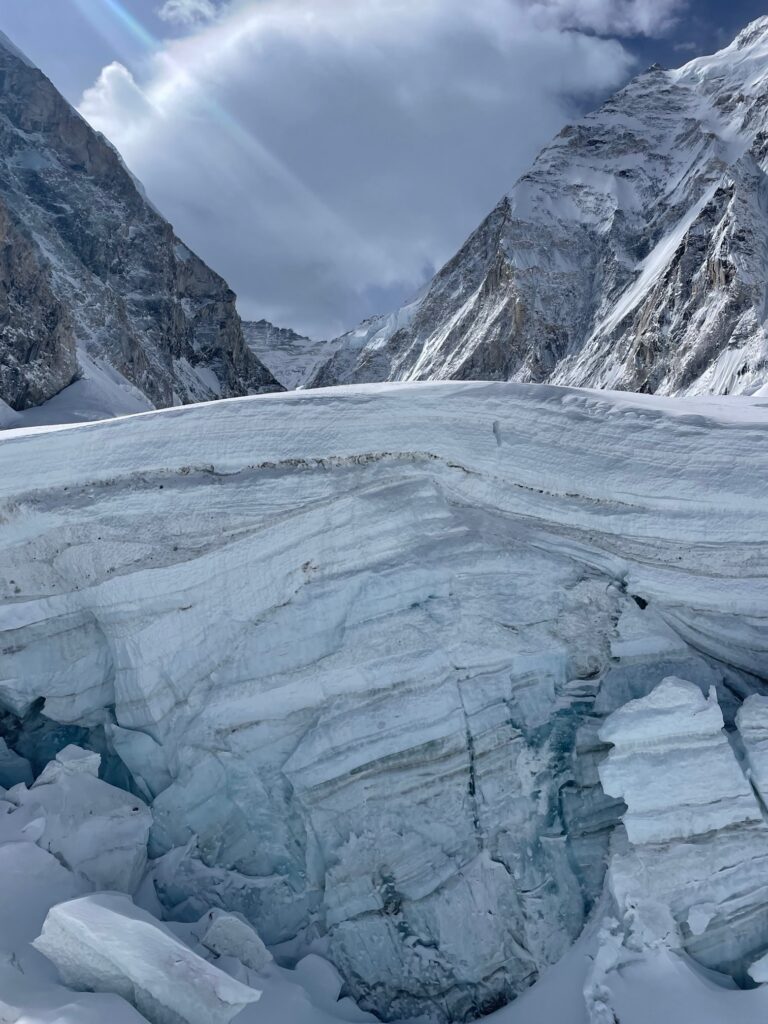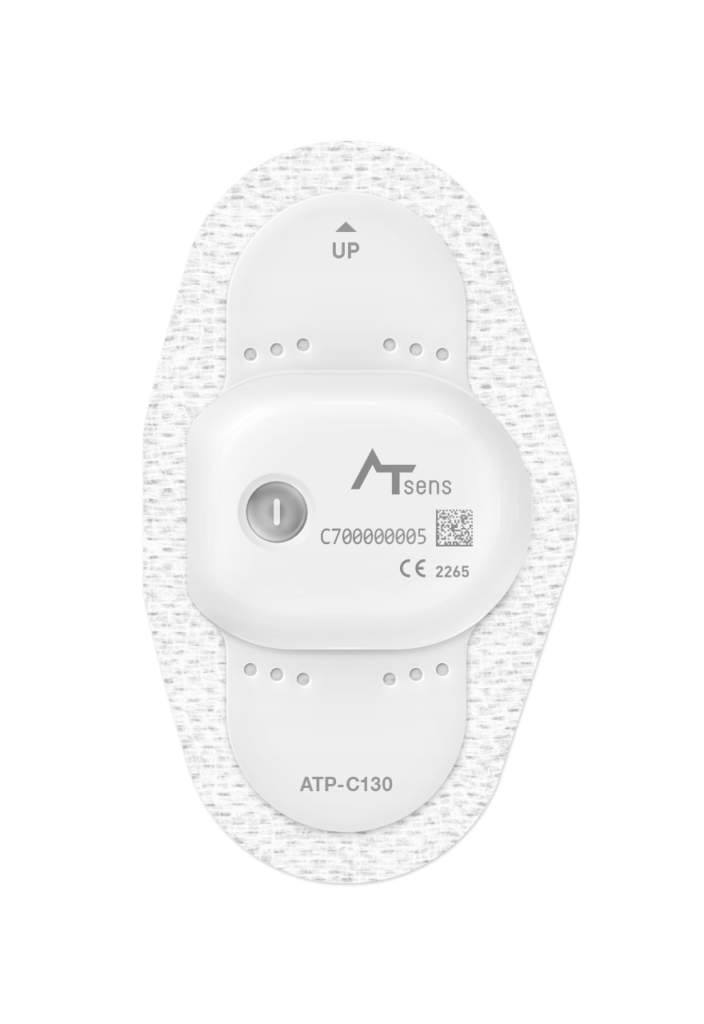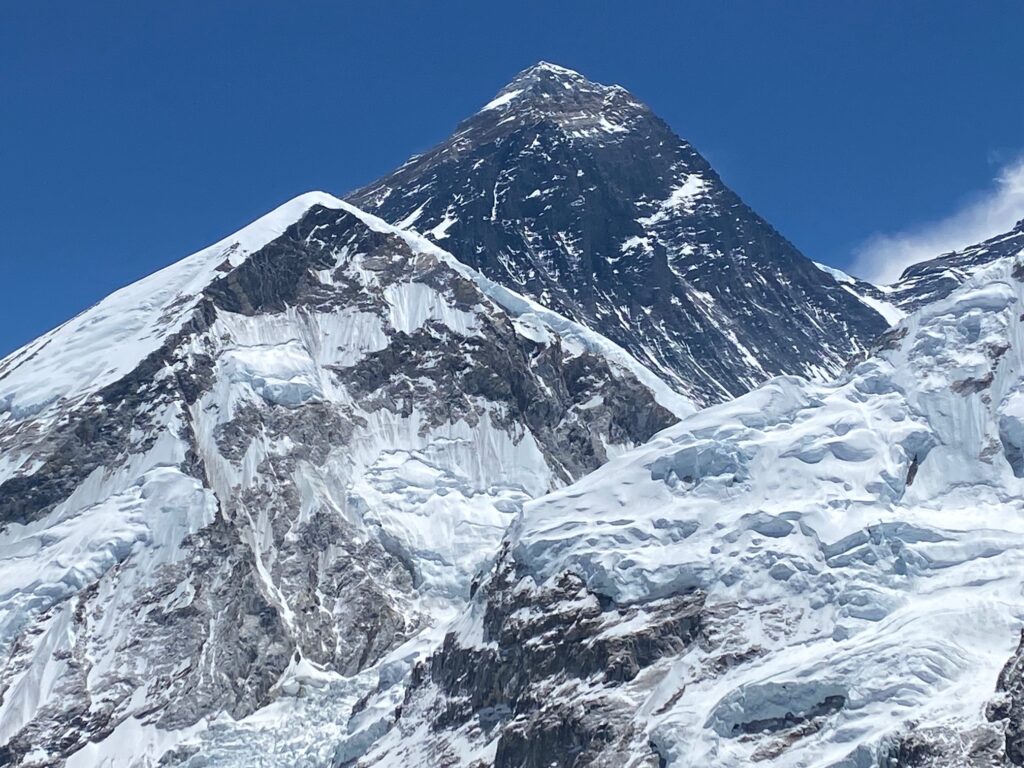Extreme altitude poses exceptional challenges to human physiology. Manifestations of acute mountain sickness, reduced exercise tolerance, and sleep deprivation are well recognized consequences of the hypoxic hypobaric environment. Other sequelae are less apparent but may nevertheless be associated with substantial risk.
Sudden cardiac death accounts for the majority of non-traumatic fatalities among downhill skiers and mountaineers at high altitudes. Underlying cardiac disease may account for some, but not all of these events. Recent evidence suggests that arterial hypoxemia, electrolyte imbalances, and periodic breathing increase the vulnerability to cardiac arrhythmia, a potential marker for sudden cardiac death.
The aim of the SUMMIT study was to explore the risk of cardiac arrhythmia at extreme altitude by means of wearable electrocardiogram patches, allowing for continuous recording of the heart rhythm. The study built on an established research network between Nepali and Swiss physician scientists. I met Kunjang twelve years earlier when we started the first cardiac catheterization laboratory in Eastern Nepal. I didn’t anticipate at that time that this collaboration would continue to grow, nor that Kunjang’s background and his excellent contacts to the Sherpa community would eventually set in motion an adventurous study years later.
We first decided to conduct a small pilot study in the spring climbing season of 2022, to test whether the electrocardiogram patches would stick to the chest during strenuous exercise and would be tolerated well during the climb. In May 2022, three climbers summited Mount Everest at 8849 metres with a wearable continuous electrocardiogram patch, and safely returned the devices for analysis. The excitement to analyse the data was immense – and so was the disappointment, when Kunjang and I realised, that the returned patches were empty.
After investigating and addressing the reasons for failure, we decided to repeat the study in the following year with one difference: We wanted to go bigger, better, and bolder.
Between January and May 2023, 41 healthy individuals from diverse backgrounds were recruited, and underwent baseline examinations including a 12-lead electrocardiogram, transthoracic echocardiography, exercise stress testing, and ambulatory rhythm recording in their home environment, in order to rule out clinically silent cardiac disease. Thirty-four subjects reached Everest basecamp at 5300 metres and underwent follow-up rhythm recording.
Everest basecamp on the south side is located at the foot of the Khumbu icefall and turns into a vibrant tent town in spring every year, featuring a unique mix of porters, yaks, helicopters, trekking tourists, and climbers. Once the fixed ropes have been secured through the icefall and to the high camps, transport and acclimatization rotations result in constant traffic between camps. I tested the electrocardiogram patch during one of the rotations to high camp. Climbing through the icefall, a labyrinth of crevasses, ladders, and towering seracs, made me forget that I was wearing a patch that recorded every single heartbeat.

All study participants were equipped with wearable rhythm recorders on the day they left basecamp for their summit push. Kunjang stayed in basecamp and orchestrated the logistics. Involvement of the Nepali Sherpa community was invaluable to overcome logistic and organizational challenges. Nepali basecamp managers with no medical background were trained on how to set up the wearable rhythm recording devices and had a step-by-step guide for troubleshooting. This transfer of responsibility and trust paid off and resulted in a high compliance of Sherpa climbers with the study protocol.

Among 34 individuals with rhythm recordings during the expedition, 32 reached an altitude of 7900 metres (South Col) or above, 23 climbed above 8500 metres, and 14 reached the summit of Mount Everest. My own summit push was stalled at the South Col due to harsh weather conditions. The Everest spring season 2023 was the deadliest season in history on Mount Everest, with 17 recorded deaths. We were blessed that no fatality occurred in any of our study participants, and hope that our findings may eventually contribute to decrease the numbers of sudden cardiac death at extreme altitude.

We would like to thank all study participants for their effort and dedication to contribute to the SUMMIT study, and acknowledge the logistic support of Seven Summit Treks and Kobler & Partner. Special thanks to Kunjang Sherpa and Pasang Phurba Sherpa who were of invaluable help in the conduct of the study.
Thomas Pilgrim is the Deputy Head of the Department of Cardiology at the Inselspital, the University Hospital in Bern. His fieldtrip took place in spring 2023 with the financial support of an SPI Exploratory Grant.